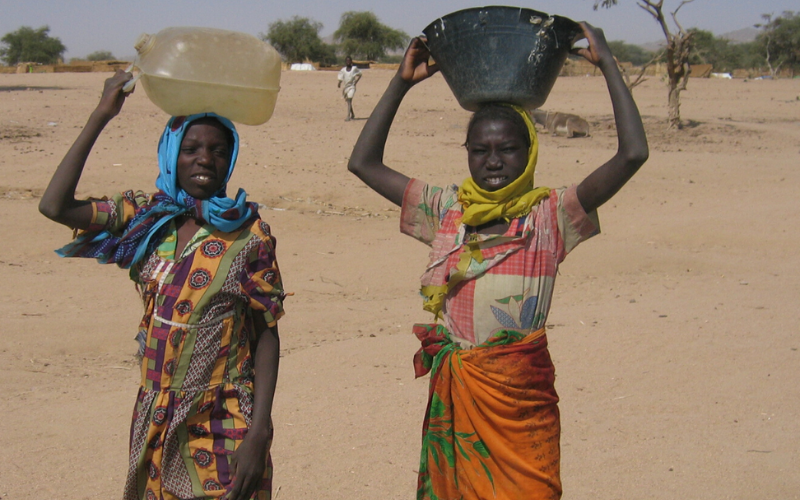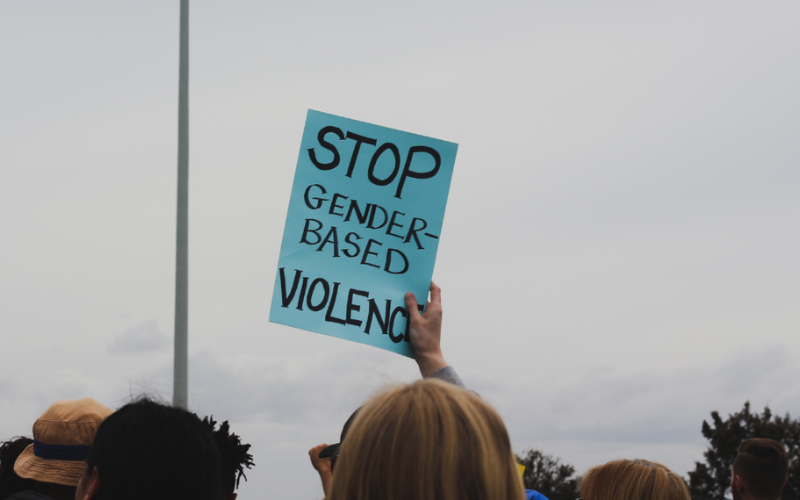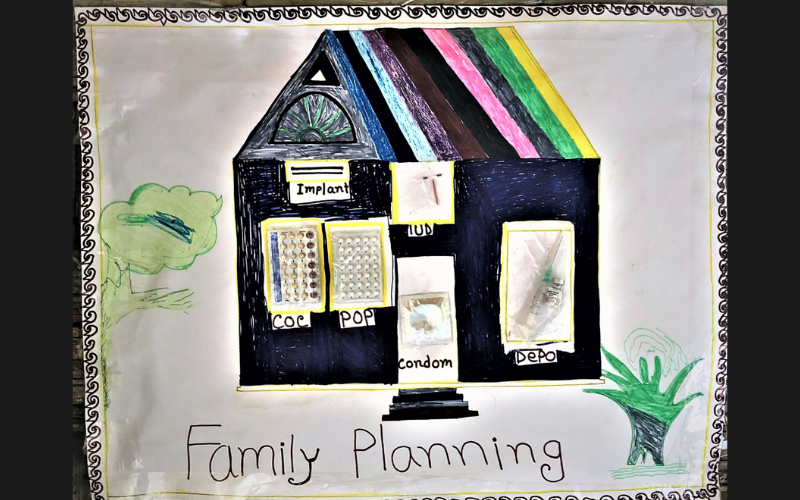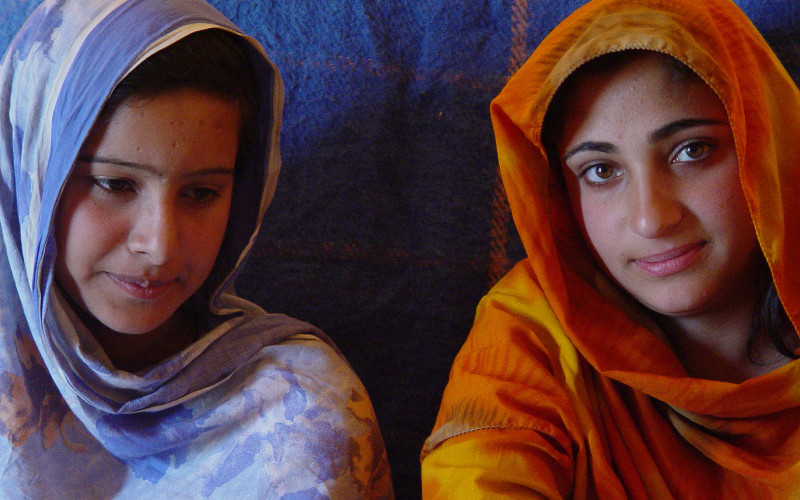Adolescent girls forced to flee their homes due to crisis or conflict often face heightened and unique risks to their safety and lack access to essential health care. They are also forced to take on more responsibilities in their families.
At the Women’s Refugee Commission, we start our work with displaced adolescent girls, by listening to them. We learn about their needs, their hopes, and their solutions to develop programs with them that strengthen their systems of support. But we don’t stop there. Our partnership informs the recommendations that we carry to the government agencies, humanitarian organizations, and local service providers to help move displaced adolescent girls to the center of decision-making.
As we mark the International Day of the Girl Child on October 11, we are reflecting on why refugee girls face so many challenges after fleeing their homes and on our work to improve their lives.

During and after being displaced, adolescent girls take on adult responsibilities like caregiving and gathering food and fuel for their families.
During a crisis, adolescent girls often take on family responsibilities traditionally held by adults, such as caring for younger children in their households. WRC researchers have found that the institutions and systems that typically support a girl’s development are weakened or no longer exist once adolescent girls become displaced. This can cause adolescent girls to become more socially isolated than boys, and harmful gender norms can be reinforced in girls’ families and communities.
As adolescent girls take on more primary responsibilities in their homes, they are more likely to be tasked with collecting food and fuel, such as firewood for cooking or lighting, for their families. WRC found that women and girls are at high risk of physical and sexual assault when leaving their homes to collect firewood or water. Lack of lighting in homes and neighborhoods, due to a lack of fuel, can trigger feelings of insecurity or fear of violence for families.

Conflict and displacement exacerbate the risks of gender-based violence for adolescent girls.
Gender-based violence is a serious threat to displaced adolescent girls. More than 60 million forcibly displaced or stateless women and girls are at risk of gender-based violence. Gender inequality and patriarchal norms are the root cause of gender-based violence. WRC has learned that displacement exacerbates harmful gender norms due to increasing stress and changing dynamics in the household.
Families struggle to meet basic needs during displacement, which puts girls at risk of child marriage as a way to relieve families’ financial burdens. WRC has worked with partner organizations to implement programs to provide cash or vouchers to displaced people. The cash alleviates the urgent needs families have, protecting adolescent girls from child marriage and gender-based violence.
Adolescent girls who experience gender-based violence cannot easily access help. In Egypt, Sudan, and Yemen, WRC and United Nations Population Fund Arab States Regional Office learned in discussions with experts that while resources and safe spaces were available for survivors of female genital mutilation as part of a larger approach to manage gender-based violence in these settings, because the practice of female genital mutilation is shrouded in secrecy— it is hard for women and girls to access these services.

Access to sexual and reproductive health care is limited, which jeopardizes the health and human rights of crisis-affected adolescent girls.
Crisis-affected women and girls face unintended pregnancies, complications during pregnancy and childbirth, increased risks of sexually transmitted infections, including HIV, and increased risks of unsafe abortions, a leading cause of preventable maternal death.
Lifesaving sexual and reproductive health services, including family planning, abortion care, and maternal and newborn health services, are often unavailable or inaccessible in emergencies.
WRC research has documented that adolescents face major barriers to accessing care. For example, a series of WRC case studies found that adolescents—especially unmarried girls—who want and need family planning services face stigma and opposition from their communities, family members, and partners, and negative attitudes from health providers.

The Women’s Refugee Commission is committed to protecting the rights of displaced adolescent girls.
For 35 years, WRC has worked to protect the rights of adolescent girls experiencing displacement. We learned in our foundational research that supporting displaced adolescent girls and creating safe spaces for them increases their ability to make their own decisions about their lives and strengthens communities.
That’s why we created the I’m Here approach, a WRC program that humanitarian organizations use to identify where adolescent girls live, what their needs are, and what services and resources are or are not available for them. We designed the Sibling Support for Adolescent Girls in Emergencies (SSAGE) Program, in collaboration with Mercy Corps and Washington University in St. Louis, to challenge harmful gender norms and put an end to intergenerational cycles of gender-based violence at the household level.
In another project, WRC worked the Sudan Family Planning Association and Rahnuma-Family Planning Association of Pakistan, to improve the availability of family planning services for refugee and host community adolescents and young people under the age of 25. Together, we engaged community mobilizers—including refugee youth —to share information about family planning with their communities.
WRC’s advocacy for adolescent girls includes providing input to the first-ever Global Strategy to Empower Adolescent Girls, launched by the US government in 2017 to tackle barriers that keep adolescent girls from achieving their full potential. As a member of the Coalition for Adolescent Girls, WRC contributes to the US Strategy to Prevent and Respond to Gender-Based Violence Globally.
Adolescent girls play a crucial role in rebuilding families—and communities—displaced by conflict or crisis. That’s why we work to understand the needs of adolescent girls experiencing displacement, identify ways to protect them from harm, and work with them to create the tools and resources that support them as they build their lives.

